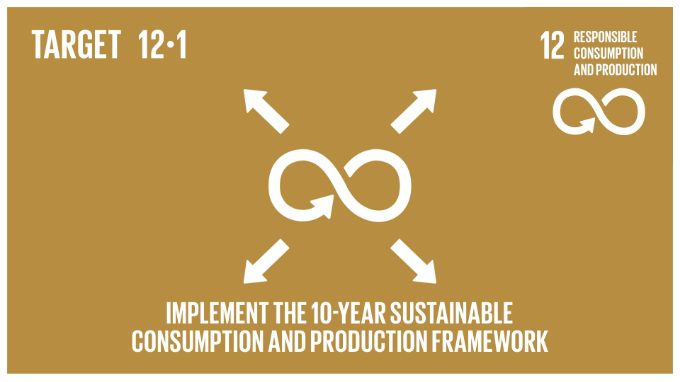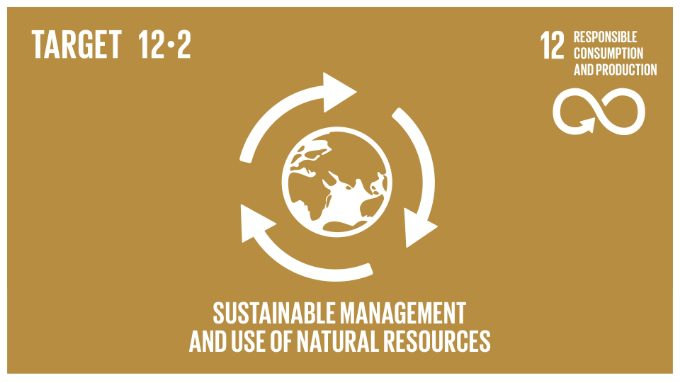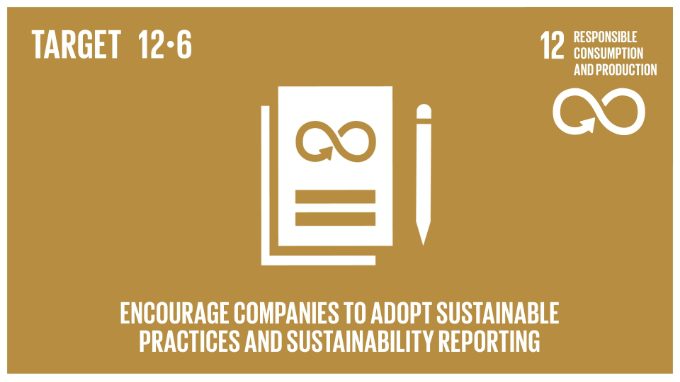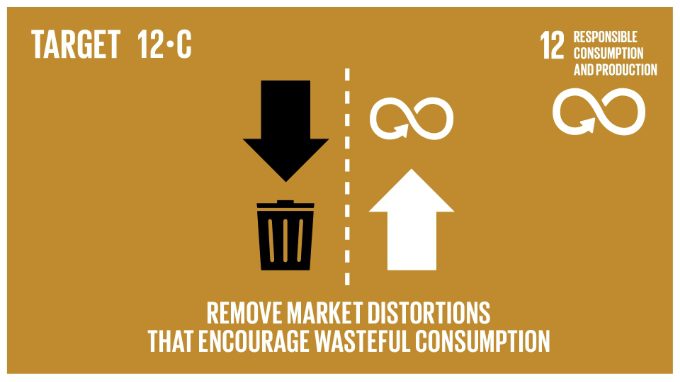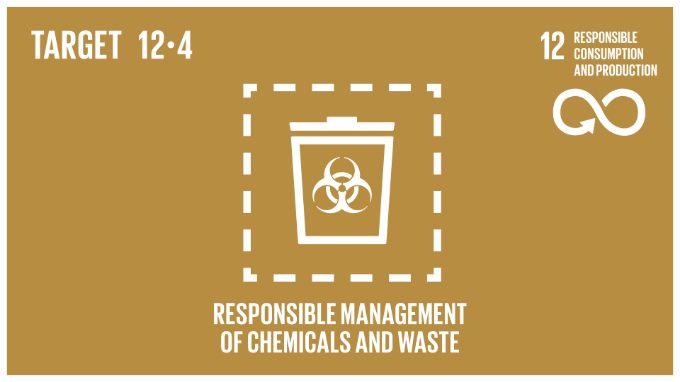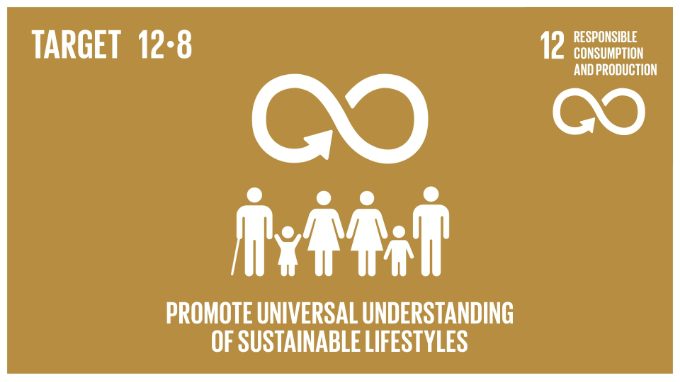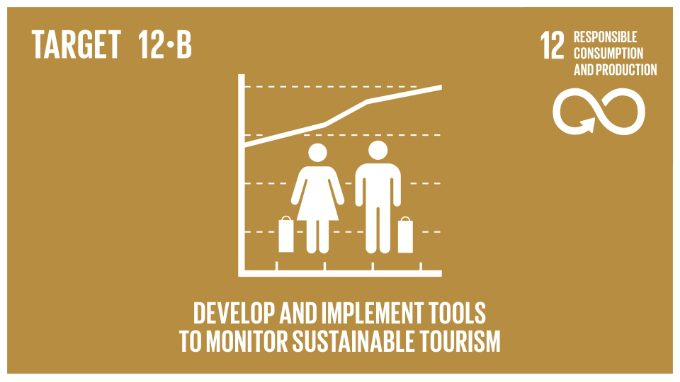Overview:
Our planet has provided us with an abundance of natural resources.But we have not utilized them responsibly and currently consume far beyond what our planet can provide. We must learn how to use and produce in sustainable ways that will reverse the harm that we have inflicted on the planet.

International Progress 2023:
The world is seriously off track in its effort to halve per-capita food waste and losses by 2030.The COVID-19 pandemic has had significant impacts on consumption and production patterns, with disruptions to global supply chains and changes in consumer behaviour. Responsible consumption and production must be an integral part of the recovery from the pandemic.
But the global economy also needs to speed up the decoupling of economic growth from resource use by maximising the socio-economic benefits of resources while minimizing their negative impacts. Reporting on corporate sustainability has tripled since the beginning of the SDG period, but the private sector will need to significantly improve reporting on activities that contribute to the SDGs. To deliver SDG12, it is crucial to implement policies that support the shift to sustainable practices and decouple economic growth from resource use.
Targets —
-

Target 12.1
Between 2019 and 2022, 484 policy instruments supporting the shift to sustainable consumption and production were reported by 62 countries and the European Union, with increasing linkages with global environmental commitments on climate, biodiversity, pollution and waste, as well as a particular attention to high-impact sectors. Yet, reporting has been decreasing by 30% on average every year since 2019 and continues to reflect great regional imbalances with more than 50% of policy instruments reported from Europe and Central Asia.
-

Target 12.2
In 2019, the total material footprint was 95.9 billion tonnes, close to the world’s domestic material consumption of 95.1 billion tonnes. In Northern America and Europe, the material footprint was about 14% higher than domestic material consumption, while in Latin America and the Caribbean and sub-Saharan Africa, the material footprint was lower than domestic material consumption by 17% and 32%, respectively.
-

Target 12.3
The percentage of food lost globally after harvest on farm, transport, storage, wholesale, and processing levels, usually attributed to structural inadequacies in the countries, is estimated at 13.2% in 2021, unchanged from 2016 and far from the target of halving post-harvest food losses by 2030.
-

Target 12.6
A preliminary analysis shows that around 70% of companies monitored publish sustainability reports in 2022, tripling since 2016. The sustainability indicators that are most widely disclosed by companies include policies on water and energy and CO2 emission, occupational health and safety, as well as board diversity. Companies continue to address their activities in attaining the SDGs, however, only 10% report on all 17 SDGs.
-

Target 12.7
In 2022, 67 national governments reported to UNEP on the implementation of Sustainable Public Procurement policies and action plans, up 50% from 2020.
-

Target 12.c
Global data showed a rise in fossil fuel subsidies in 2021, after a brief fall in 2020 which was largely caused by a drop in energy prices. In 2021, Governments spent an estimated $732 billion on subsidies to coal, oil, and gas, against $375 billion in 2020. This brings the subsidies back to pre-2015 levels. High oil and gas prices in 2022 will likely bring a new increase, as subsidies are often linked to the price of energy.
Ireland’s
Progress 2023:
Ireland generated 1.2 million tonnes of packaging waste in 2022 and the overall recycling rate for packaging waste fell by 4% in 2021. According to the Environmental Protection Agency, it is the increased volume of packaging waste that is to blame. The latest Eurostat figures for 2020 show that Ireland’s per capita plastic packaging waste is, at 61kg, nearly double the EU average.
Plastic packaging recycling remains low, with most of it sent for incineration and less than a third being recycled. The government published the Circular Economy Strategy in 2021, and the Circular Economy Act became law in 2022. This legislation defines the Circular Economy for the first time in Irish domestic law and provides a legal basis for many of the actions that the government will take to support the circular transition. Many single use plastic items can no longer be placed on the market in Ireland. However, some retailers are rebranding their single-use plastic items as ‘bio-plastics’ or ‘reusable, making a mockery of single use plastic bans.
Targets —
-

Implement the 10-year framework of programmes on sustainable consumption and production, all countries taking action, with developed countries taking the lead, taking into account the development and capabilities of developing countries.
CSO data
Claim: Achieving
12.1.1 A ‘Whole of Government Circular Economy Strategy‘ (published December 2021), the EPA’s Circular Economy Programme (published December 2021) and the in preparation National Waste Management Plan for a Circular Economy, led by local authority Regional Waste Management Planning Offices (to be published later in 2022), are all measures arising from the 2020 waste policy and all link in to implementation of SDG 12.
12.1.1
Number of countries developing, adopting or implementing policy instruments aimed at supporting the shift to sustainable consumption and production
-

By 2030, achieve the sustainable management and efficient use of natural resources.
CSO data
Status: Material footprint and consumption increasing
12.2.1 The material footprint rose in Ireland from 117.5 million tonnes in 2010 to 240.5 by 2019.
12.2.2 Domestic Material Consumption was estimated at 121.67 million tonnes in 2019 which was 3.45 million tonnes or 2.9% higher than in 2018.
12.2.1
Material footprint, material footprint per capita and material footprint per GDP
12.2.2
Domestic material consumption, domestic material consumption per capita, and domestic material consumption per GDP
-

By 2030, halve per capita global food waste at the retail and consumer levels and reduce food losses along production and supply chains, including post-harvest losses.
CSO data
Claim: Achieving
12.3.1 Ireland generates about 1.1 million tonnes of food waste each year, according to the EPA. This represents a carbon footprint of about 3.6 Mt CO2eq.
12.3.1
(a) Food loss index and (b) food waste index
-

By 2020, achieve the environmentally sound management of chemicals and all wastes throughout their life cycle, in accordance with agreed international frameworks, and significantly reduce their release to air, water and soil in order to minimize their adverse impacts on human health and the environment.
CSO data
Claim: Achieving
12.4.1 Information has been submitted for the Basel Convention and Montreal Protocol, 96.6% has been submitted for the Rotterdam Convention, 87.5% for the Stockholm Convention and 66.7% for the Minamata Convention.
12.4.2(a) A total of 580,977 tonnes of hazardous waste was generated in Ireland in 2019, an increase of over 54,580 tonnes (10%) since 2018.
12.4.2(b) Two-thirds (65%) of Ireland’s hazardous waste was exported for treatment in 2019, mainly to the Netherlands, Norway, the UK, Denmark, and Germany. This reflects the fact that Ireland does not have the range of facilities to deal with all of the hazardous waste generated.
12.4.1
Number of Parties to international multilateral environmental agreements on hazardous, and other chemicals that meet their commitments and obligations in transmitting information as required by each relevant agreement
12.4.2
(a) Hazardous waste generated per capita; and (b) proportion of hazardous waste treated, by type of treatment
-

By 2030, substantially reduce waste generation through prevention, reduction, recycling and reuse.
CSO data
Claim: Achieving
12.5.1 Ireland generated 3.1 million tonnes of municipal waste in 2019, up 6% from 2.9 million tonnes in 2018.
12.5.1
National recycling rate, tons of material recycled
-

Encourage companies, especially large and transnational companies, to adopt sustainable practices and to integrate sustainability information into their reporting cycle.
CSO data
Claim: Achieving
12.6.1 Three companies published sustainability reports at an advanced level and 11 companies published reports at a minimum level. Low number, unclear why this counts as achieving.
12.6.1
Number of companies publishing sustainability reports
-

Promote public procurement practices that are sustainable, in accordance with national policies and priorities.
CSO data
Claim: Achieving
12.7.1 Ireland has committed to implementing green public procurement (GPP) in all tenders using public funds by 2023.
12.7.1
Degree of sustainable public procurement policies and action plan implementation
-

By 2030, ensure that people everywhere have the relevant information and awareness for sustainable development and lifestyles in harmony with nature.
CSO data
Claim: Achieving
12.8.1 The Department of Education and Skills report – ‘Education for Sustainability’ – The National Strategy on Education for Sustainable Development in Ireland, 2014-2020. It provides a framework to support the contribution that the education sector is making and will continue to make towards a more sustainable future at a number of levels: individual, community, local, national and international.
12.8.1
Extent to which (i) global citizenship education and (ii) education for sustainable development (including climate change education) are mainstreamed in (a) national education policies; (b) curricula; (c) teacher education; and (d) student assessment
-

Support developing countries to strengthen their scientific and technological capacity to move towards more sustainable patterns of consumption and production.
CSO data
Claim: Achieving
12.a.1 Electricity generated from renewable energy sources was 5,077.3 megawatts in 2020, nearly three times higher than the 2019 figure of 1,867.2 megawatts. In 2020 about 1,020 watts per capita of electricity generated was from renewable energy sources, up 3% from 2019.
12.a.1
Installed renewable energy-generating capacity in developing countries (in watts per capita)
-

Develop and implement tools to monitor sustainable development impacts for sustainable tourism that creates jobs and promotes local culture and products.
CSO data
Claim: Achieving
12.b.1 Overseas travel to Ireland generated earnings of €6,867 million in 2019. As a percentage of Gross National Income (GNI), overseas travel to Ireland rose from 2.5% in 2010 to 2.9% by 2014 but then fell back to 2.5% again by 2019.
12.b.1
Develop and implement tools to monitor sustainable development impacts for sustainable tourism that creates jobs and promotes local culture and products.
-

Rationalize inefficient fossil-fuel subsidies that encourage wasteful consumption by removing market distortions, in accordance with national circumstances, including by restructuring taxation and phasing out those harmful subsidies, where they exist, to reflect their environmental impacts, taking fully into account their specific needs and conditions of developing countries and minimizing the possible adverse impacts on their development in a manner that protects the poor and the affected communities.
CSO data
Status: Fossil fuel subsidies increasing.
12.c.1 Fossil fuel subsidies were estimated at €2.2 billion in 2020. In 2000, total fossil fuel subsidies were estimated at €1.5 billion in value. This increased to €2.7 billion in 2008.
12.c.1
Amount of fossil-fuel subsidies per unit of GDP (production and consumption)



